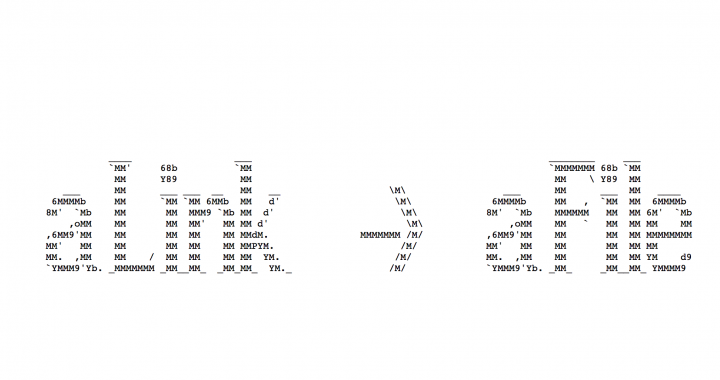:a step by step process of how the custom shell, arsine, processes the input command ‘ls -l‘ and returns output in a terminal emulator Co-Authored with: Bobby Yang, follow @glyif on twitter and github. For reference to the code of arsine, it is hosted on github (@glyif , repo simple_shell): https://github.com/glyif/simple_shell These beginning steps until the custom _getline() function all occur for all processes and all inputs into arsine including ls -l, and so therefore, there is no specific explanation of what happens in the case of ls -l until the _getline() function explanations. arguments inventory The major component of the initialization of arsine occurs in a function that builds a struct termed the arguments inventory. This arguments inventory has almost all of the major variables utilized within arsine; also, many of the functions in arsine take the arguments inventory as input parameters. It was a concept that was implemented in […]
read moreTag Archives: bash
links: hard vs. symbolic
:using the ln command in bash to distinguish between hard and symbolic linksStated below is an excerpt from the unix BSD General Commands Manual on ‘ln’. In the description, I have only copied one option, which is relevant to this tutorial, and I have left out the majority of the content from the manual. NAME: link, ln — make links SYNOPSIS: ln [-Ffhinsv] source_file [target_file] DESCRIPTION: The ln utility creates a new directory entry (linked file) which has the same modes as the original file. It is useful for maintaining multiple copies of a file in many places at once without using up storage for the “copies’’; instead, a link “points’’ to the original copy. There are two types of links; hard links and symbolic links. How a link “points’’ to a file is one of the differences between a hard and symbolic link. The options are as follows: -s […]
read more
